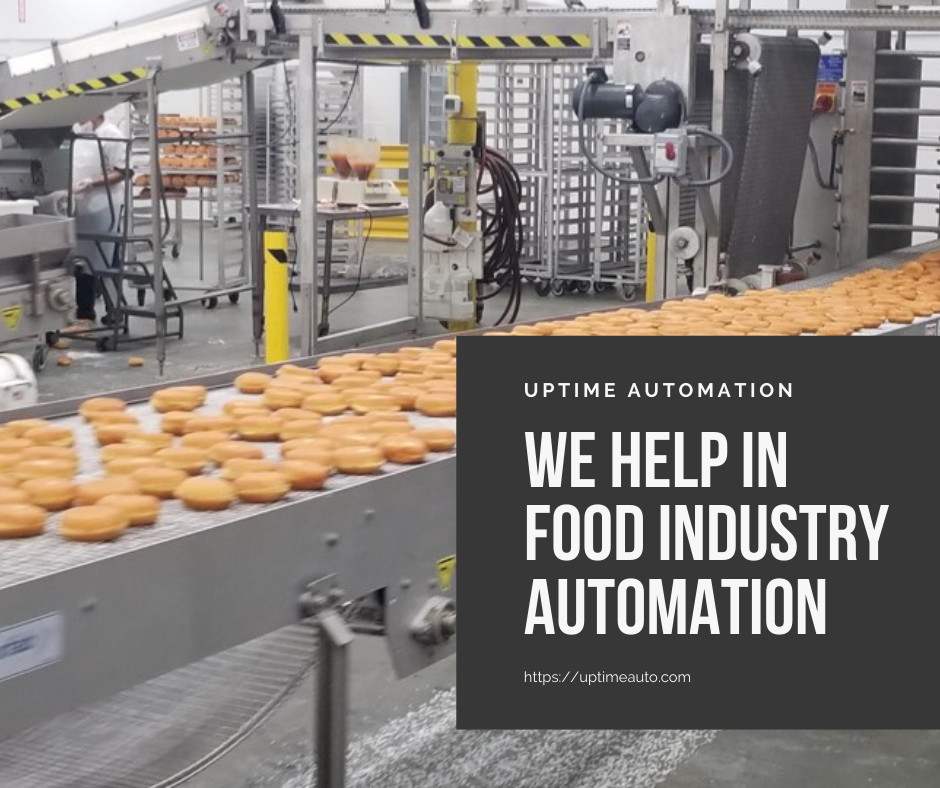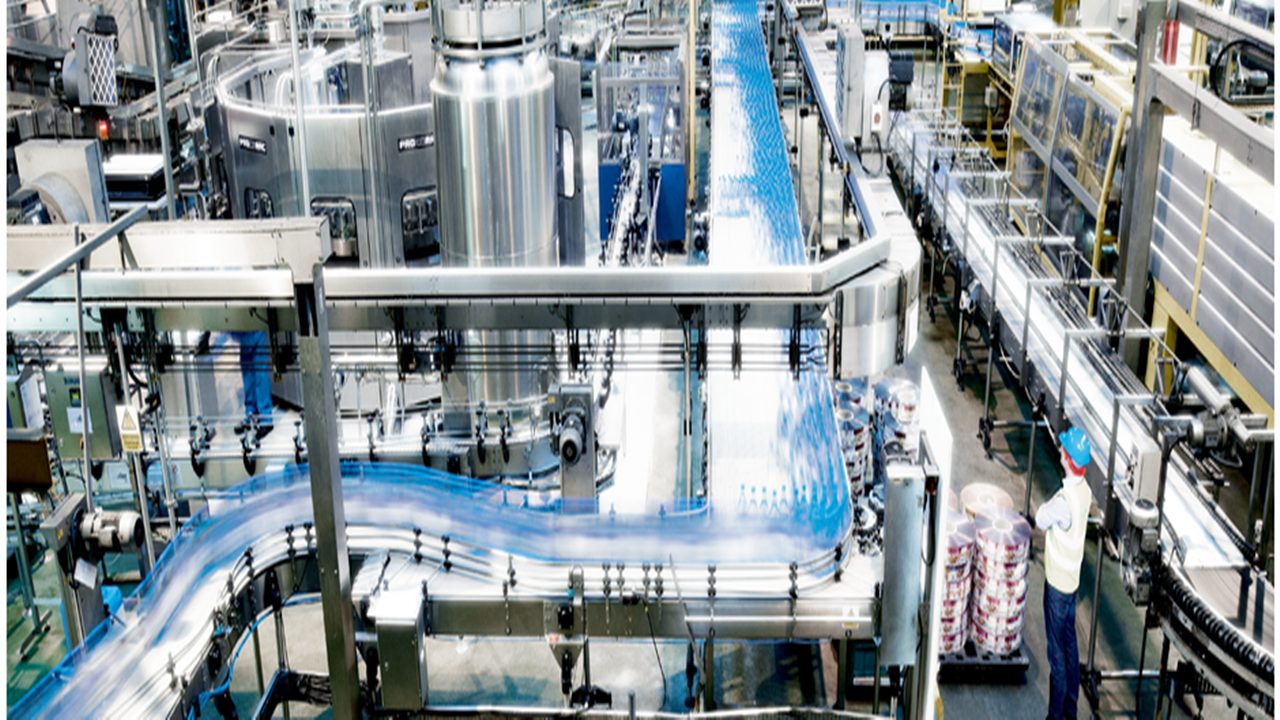
Industrial Automation in Food and Beverage Industry
While manufacturing processes have long been automated, the food and beverage industry has struggled to extend operational information beyond the traditional silos. In order to truly benefit from industrial automation, manufacturers must allow supply chain partners and customers to peer into their business. Incremental advancements in production automation will provide decision makers with more data and improve execution and planning. In this article, we’ll explore how industrial automation can help Food and Beverage manufacturers improve their processes.

Flexible and sustainable production processes
In order to keep up with consumer demand, food and beverage manufacturers need to increase their production efficiency and flexibility. In addition to ensuring total food safety, manufacturers also need to reduce their cost of ownership and anticipate future production requirements. With SKU proliferation and shorter production runs, manufacturing processes must become more agile. With these changes, energy efficiency becomes a competitive advantage. Here are four tips for manufacturers to achieve flexible manufacturing.
First, consider energy data. Data from smart devices and sensors can help food and beverage companies reduce their energy consumption and reduce their costs. Moreover, energy insights can help ensure optimal equipment performance. Second, by gathering and analyzing energy data, companies can determine which energy-intensive processes will be more cost-effective. Thirdly, actionable data from energy sensors and monitoring systems can help food and beverage companies reduce downtime and maximize asset performance.
Improved traceability
In the food and beverage industry, the importance of traceability cannot be overstated. It provides manufacturers with invaluable data that helps them troubleshoot issues in the supply chain and promote continuous improvement of quality, safety, and profitability. Consistency in product quality is essential to the industry, and automated production improves quality and streamlines processes. The benefits of plant automation go beyond reducing costs. The benefits extend to protecting a brand’s reputation, minimizing the risk of product recalls, and lowering the amount of money spent on product testing.
Before COVID-19 came into effect, the food and beverage industry was already digitally advanced. But not nearly as technologically advanced as other manufacturing verticals. Many plants already had automated equipment and cold chain storage units fitted with sensors. But few had connected smart devices to share data and integrate data analytics systems. Furthermore, few plants had connectivity that allowed remote operations. With such technology, increased traceability of food and beverages is now a reality.
Cost-effective options
Although food and beverage manufacturers are increasingly investing in automated solutions, many remain hesitant to implement them. Many of these manufacturers believe that industrial automation and control will require a large upfront investment. Their current systems will not integrate with the latest technologies. However, industrial automation and plant automation can be an excellent option for food and beverage manufacturers. They are seeking to improve their processes and increase efficiency. This article will discuss the cost-effective options for industrial automation and their benefits for food and beverage manufacturers.
Using Uptime Automation’s implementation for certain tasks in warehouses can improve the safety and smooth operation of a production line. Robots can handle hazardous tasks, such as cutting produce or peeling potatoes. In addition, cost-effective industrial automation can increase a company’s profit margin by freeing up resources to invest in R&D and branding. With this, companies can focus on improving customer satisfaction. Further, robotics can also be used in production lines to eliminate rote tasks and improve workflows.
That’s all about Industrial Automation in Food and Beverage Industry. Hope so, you found this article helpful if you were looking for some brief information about Industrial Automation in Food and Beverage Industry.
Share your valuable feedback about this post in the comment section. Also, keep visiting the website uptimeauto.com for more updates.


